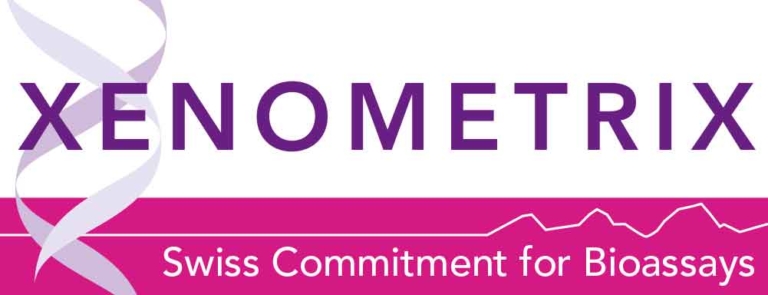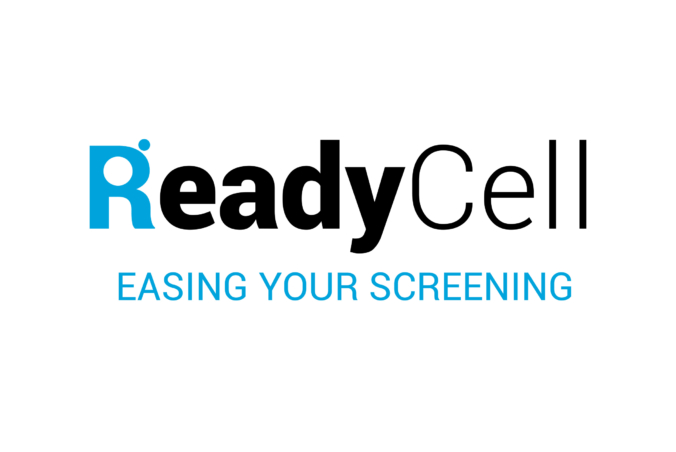Friday, September 30, 2022
10:00 – 11:30 AM EDT
Presenters:
Katie Paul-Friedman, PhD, US EPA: Expectations for new approach methods performance in predicting effects in repeat dose animal studies
George E. N. Kass, PhD, European Food Safety Authority (EFSA): EFSA’s roadmap on NAMs and related case studies
Expectations for new approach methods performance in predicting effects in repeat dose animal studies
Katie Paul Friedman, PhD, Center for Computational Toxicology and Exposure, Office of Research and Development, US EPA
Building scientific confidence in new approach methodologies (NAMs) for regulatory toxicology may include a comparison to in vivo results. This presentation overviews work to characterize benchmark expectations for NAM performance in predicting systemic and organ-level effects in repeat dose studies of adult animals using data curated into the Toxicity Reference Database. The reproducibility, variability, and differences in systemic and organ-level findings (liver, kidney, stomach, spleen, thyroid, and adrenal) in repeat dose studies, using lowest effect level (LELs) for body and/or organ weight, as well as gross and/or histopathological changes, were investigated.
Quantitative variability in LELs was examined with multilinear regression modeling, using study descriptors as covariates to estimate total variance, mean square error (MSE), and root residual mean square error (RMSE) in systemic and organ LELs. The MSE values suggest study descriptors accounted up to 70% of total variance in organ and systemic LELs, and that RMSE ranged 0.4 – 0.6 log10-mg/kg/day.
A quantitative structure activity relationship model for repeat dose point-of-departure (POD) estimates was constructed that used this RMSE estimate of variability to construct a POD distribution and 95% confidence interval for each POD prediction.
Qualitative variability was further examined. The concordance of organ-level findings in replicate studies, defined by chemical only, chemical and species, and chemical and study type, ranged 39 – 88%. Odds ratios indicated it is unlikely to observe organ effects in a chronic study if the chemical was negative in a subchronic study.
Overall, quantitative and qualitative variability in repeat dose LEL values suggests that a good NAM might predict systemic or organ LELs within ± 1 log10-mg/kg/day with accuracy approaching 70%. Organ level findings are most reproducible within-species, and a subchronic study is likely to identify effects in organs that demonstrate effects in the chronic study. This abstract does not necessarily reflect U.S. EPA policy.
EFSA’s roadmap on NAMs and related case studies
George E. N. Kass, PhD, European Food Safety Authority (EFSA)
The European Food Safety Authority (EFSA) carries out risk assessments in relation to food and feed safety, and in the case of chemicals, provides health-based guidance values. These are mostly derived from in vivo animal toxicity data, using traditional endpoint measurements. However, EFSA is following closely and investing in the development and regulatory application of new methodologies and tools, the so-called New Approach Methodologies or NAM as part of its scientific strategy. The use of NAMs in regulatory chemical risk assessment has so far been very limited in EFSA. To overcome these challenges and generate opportunities for NAMs in regulatory chemical risk assessment, EFSA launched a contract to develop a roadmap for action on NAMs to reduce animal testing. The roadmap aims to define EFSA’s priorities for the incorporation of NAMs as well as to inform a multiannual strategy for increasing the use of NAMs in human health risk assessment to minimise the need for animal-based verification studies. Ultimately, it envisions that by 2027 the majority of EFSA’s requests for additional data will be based on NAMs. The presentation will provide an overview of the roadmap on NAMs and some of the activities currently ongoing in the context of its implementation.
 The ESTIV Members Area
The ESTIV Members Area



















